With Labor Day weekend just a couple of days away, we’re already thinking about those last moments of summer. Whether you’re headed to the beach or grilling out, here’s some great reasons why an all-in-one zoom can help you get the job done.
In addition to sharing my own experiences, I had a chance to talk with Tamron Pro Cecil Holmes, a nature and landscape photographer based in Huntsville, AL. Cecil has a background career in IT and has been photographing professionally for over 10 years. He spends a lot of his time traveling and photographing across the United States, and has a love for both nature and travel and that is expressed in his images.
As we get ready for this Labor Day weekend, here are some tips to help you get the most out of your final vacation of the summer.
Explore your place
.mgl-tiles { display: none; } #mgl-gallery-634eb50718781 { margin: -5px; width: calc(100% + 10px); } #mgl-gallery-634eb50718781 .mgl-box { padding: 5px; } @media screen and (max-width: 768px) { #mgl-gallery-634eb50718781 { margin: -5px; width: calc(100% + 10px); } #mgl-gallery-634eb50718781 .mgl-box { padding: 5px; } } @media screen and (max-width: 460px) { #mgl-gallery-634eb50718781 { margin: -5px; width: calc(100% + 10px); } #mgl-gallery-634eb50718781 .mgl-box { padding: 5px; } }
Photo by Bryan Esler
Photo by Bryan Esler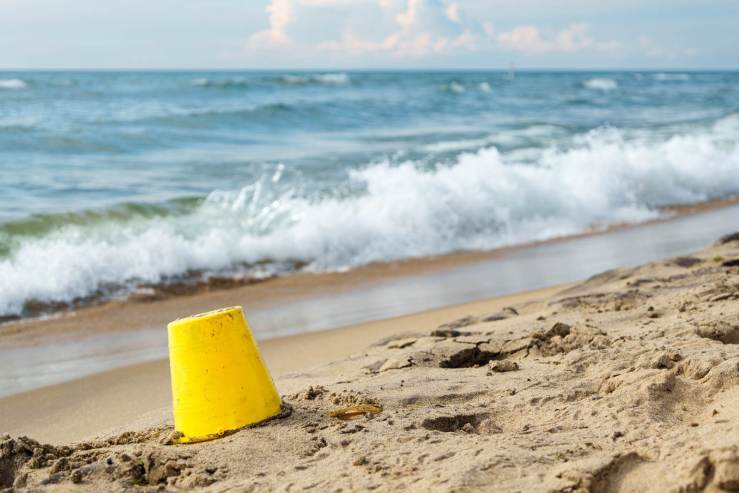
Photo by Bryan Esler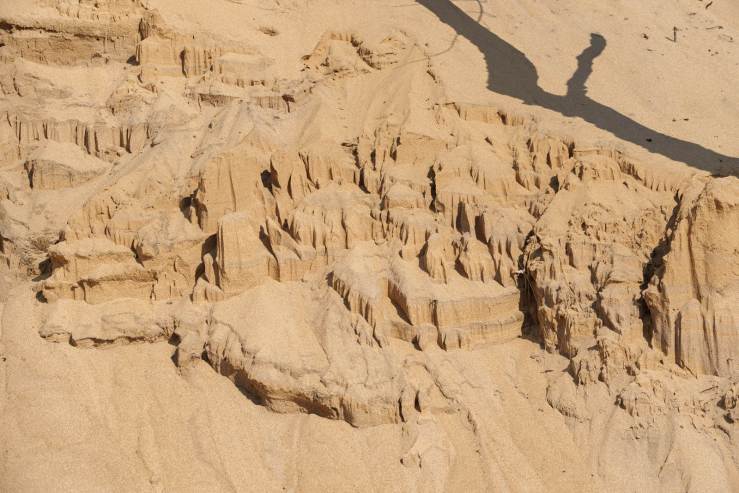
Photo by Bryan Esler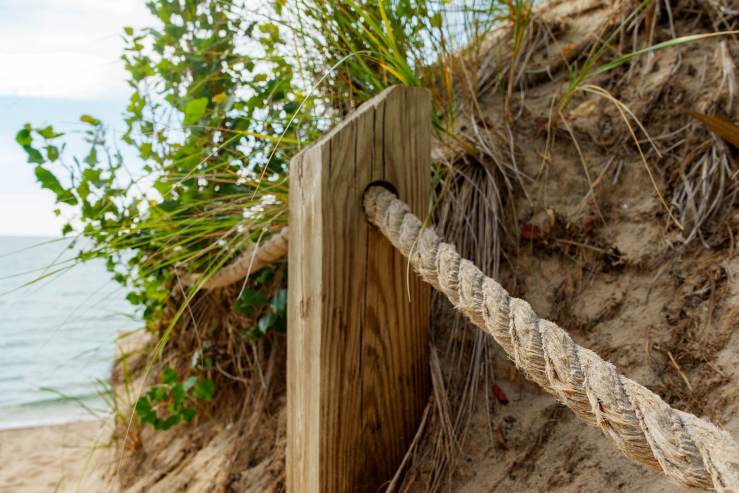
Photo by Bryan Esler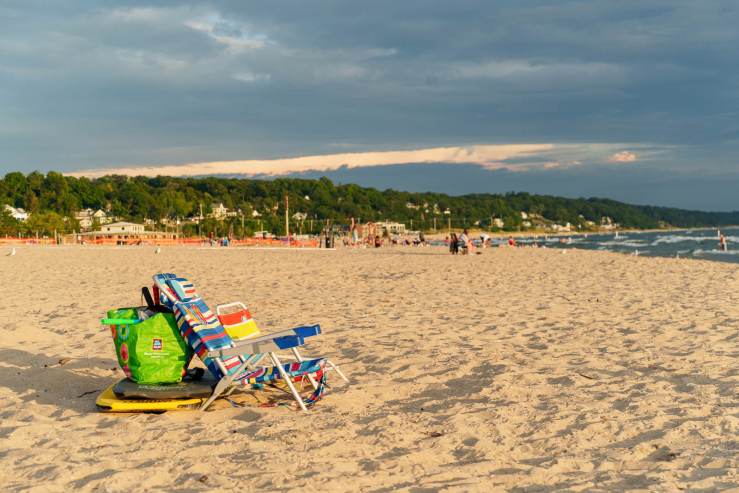
For me, I chose to go to Grand Haven, MI, and visit a few of their local beaches. Using a combination of the Tamron 28-200mm f/2.8-5.6 and Tamron 18-300mm f/3.5-6.3, I was able to zoom in (and out) on what nature had to offer. It really enabled me to get in tune with nature and what was around me.
For Cecil, it’s all about capturing details. “I am primarily a nature and landscape shooter, so I might look for things a bit out of the ‘norm’ from your typical summer vacationer. I’m always looking for patterns in nature when I can.
“When I’m at the beach I’m always looking for interesting patterns in the sand. I also like to create patterns by using a longer exposure and trying to time waves as they roll in and out. The longer exposure can create some very interesting patterns in the final images. I also like to look for colors. Things like brightly colored beach umbrellas against a contrasting sandy beach or even rainbows if you are lucky!”
Go off-the-grid
.mgl-tiles { display: none; } #mgl-gallery-634eb5071a03e { margin: -5px; width: calc(100% + 10px); } #mgl-gallery-634eb5071a03e .mgl-box { padding: 5px; } @media screen and (max-width: 768px) { #mgl-gallery-634eb5071a03e { margin: -5px; width: calc(100% + 10px); } #mgl-gallery-634eb5071a03e .mgl-box { padding: 5px; } } @media screen and (max-width: 460px) { #mgl-gallery-634eb5071a03e { margin: -5px; width: calc(100% + 10px); } #mgl-gallery-634eb5071a03e .mgl-box { padding: 5px; } }
Photo by Bryan Esler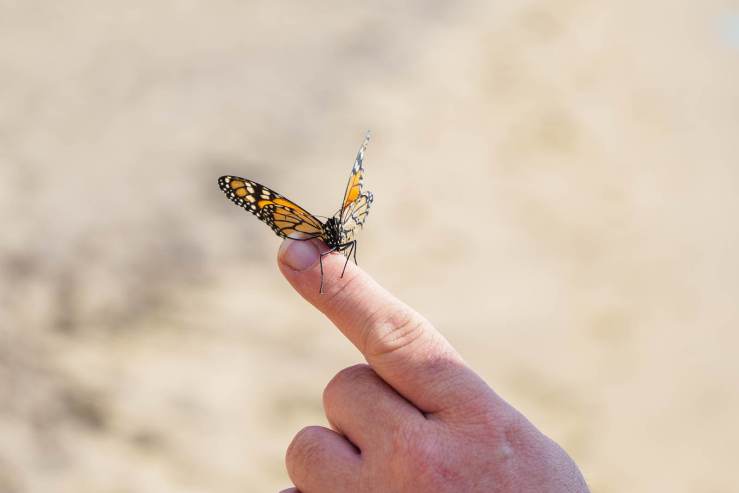
Photo by Bryan Esler
Photo by Bryan Esler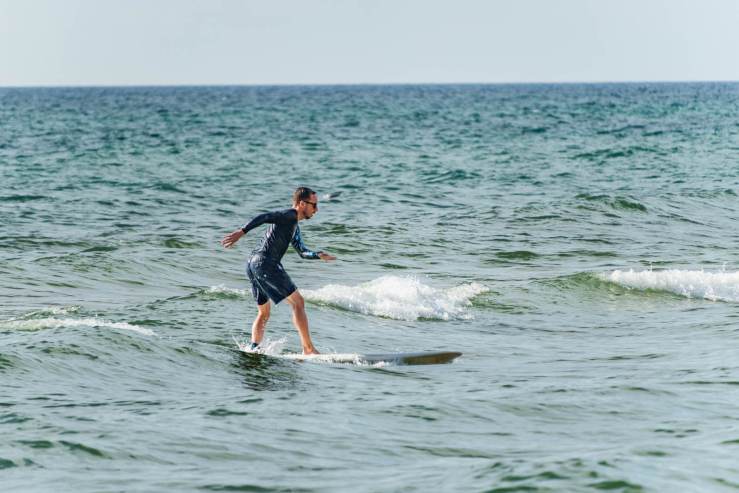
Photo by Bryan Esler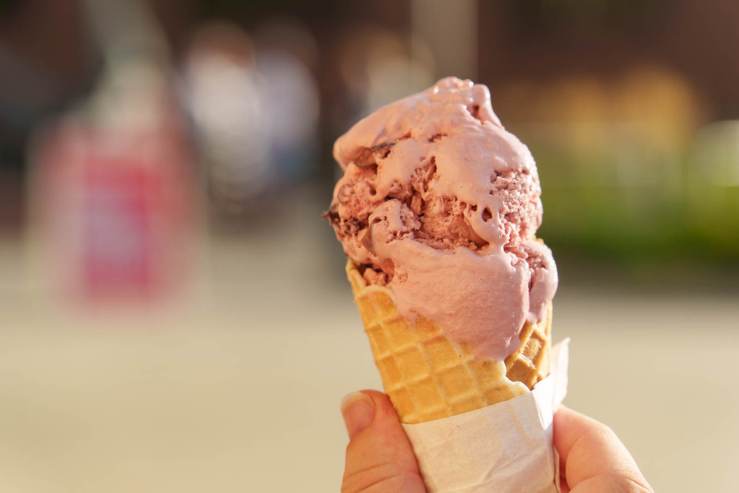
Photo by Bryan Esler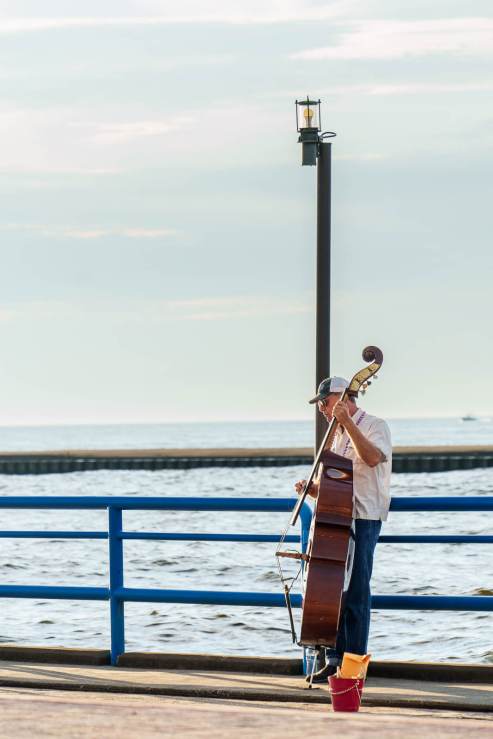
While there might be some obvious locations to visit and photograph, it’s important to look beyond those. For me, while Grand Haven State Park was an obvious choice, I chose to leave that for sunset, and instead focused on a smaller beach a few miles south.
If you have kids or are with friends and family, it’s important to spend time with them this weekend and take in those special moments, too.
“I like to go kayaking in the summer, and my son likes to fish,” said Cecil. “So many times we go out together and he fishes while I photograph. I think getting out in the kayak on a local river or at your local wildlife refuge is a great place to go for summertime images. It usually isn’t very crowded and I can get to locations to create images of things I normally wouldn’t be able to get to, like waterlilies, frogs on lily pads, or just capturing memories of my son fishing from his kayak.
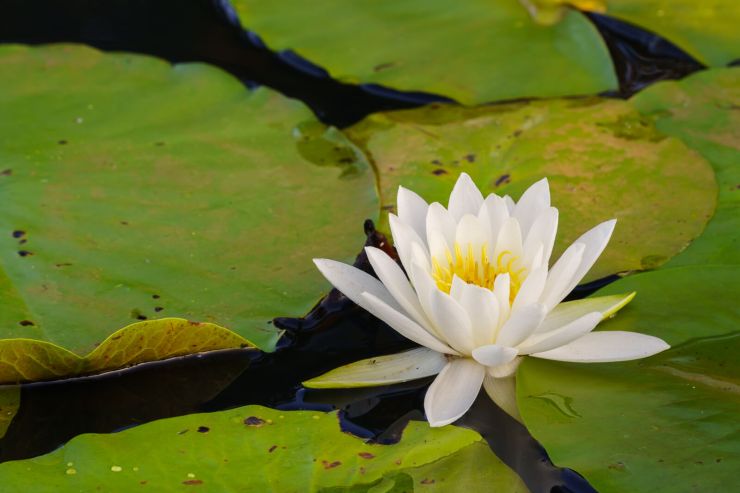
“A good tip for shooting around water is to use a circular polarizer. I always use one to help tame reflections on the water. When I am shooting water lilies it is crucial to remove the reflections on the leaves around the flower.”
What about those tricky outdoor shots in the sun?
.mgl-tiles { display: none; } #mgl-gallery-634eb5071c5f5 { margin: -5px; width: calc(100% + 10px); } #mgl-gallery-634eb5071c5f5 .mgl-box { padding: 5px; } @media screen and (max-width: 768px) { #mgl-gallery-634eb5071c5f5 { margin: -5px; width: calc(100% + 10px); } #mgl-gallery-634eb5071c5f5 .mgl-box { padding: 5px; } } @media screen and (max-width: 460px) { #mgl-gallery-634eb5071c5f5 { margin: -5px; width: calc(100% + 10px); } #mgl-gallery-634eb5071c5f5 .mgl-box { padding: 5px; } }
Photo by Cecil Holmes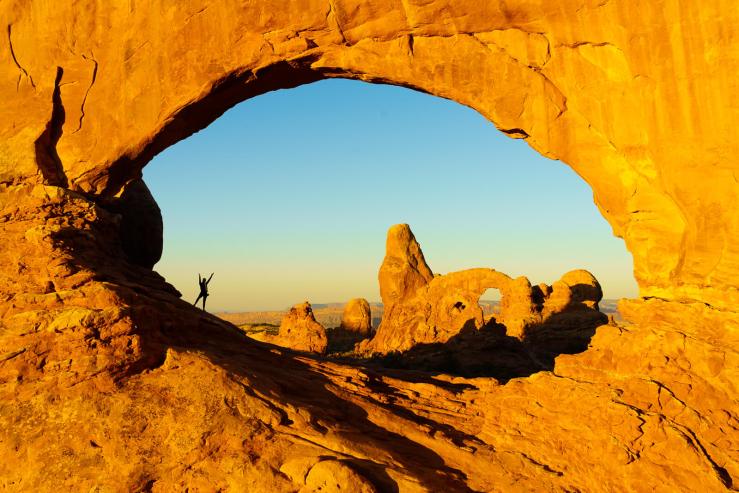
Photo by Cecil Holmes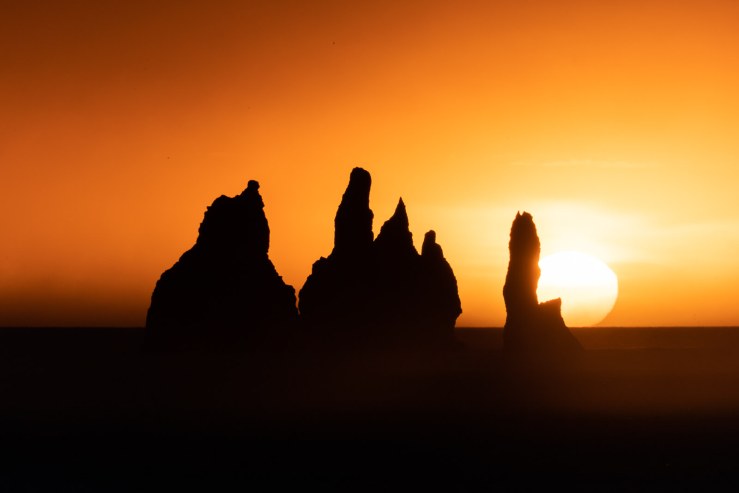
We’ve all heard of the sunny-16 rule, but sometimes that just doesn’t do the trick. And what if you want to capture a sun star?
“I like to shoot into the sun a lot, so I am always trying to capture a nice image with a sun star in it,” says Cecil. “This is usually better accomplished at sunrise or sunset but can be accomplished anytime you can get the sun to refract around something.
“A few good tips to get a great sun star image are to use the wide end of your lens, like 18mm or 28mm, and use a smaller aperture, like f/16 or smaller. If you want to make the sun look ‘larger than life,’ you can do the opposite of this and use the longer end of your lens with a more open aperture like f/5.6 or f/6.3. The longer focal length will compress your scene and give the appearance of a larger sun.
“If I am trying to capture memories in harsh lighting, then I’m just watching my histogram on my camera to make sure I do not overexpose the highlights. Using your camera’s histogram or enabling the highlight warnings, or blinkies as many call them can really help your shooting in tough lighting conditions.”
A couple of tips to make the most out of photographing the outdoors

“One tip I would suggest for all of those who like to shoot without tripods is to always use the Vibration Compensation (VC), either on the lens, camera body or both! No one likes unintentional blurry images! Remember to turn it off if using a tripod, though.
“Another good challenge for seasoned photographers is to pick one of these all-in-one lenses and commit to using only that lens for a day, or week. It will save you a lot of time from changing lenses, keep your travel bag lighter, and you’ll also find out just how useful and versatile these lenses are!”
Thinking outside the box
.mgl-tiles { display: none; } #mgl-gallery-634eb5071cf5b { margin: -5px; width: calc(100% + 10px); } #mgl-gallery-634eb5071cf5b .mgl-box { padding: 5px; } @media screen and (max-width: 768px) { #mgl-gallery-634eb5071cf5b { margin: -5px; width: calc(100% + 10px); } #mgl-gallery-634eb5071cf5b .mgl-box { padding: 5px; } } @media screen and (max-width: 460px) { #mgl-gallery-634eb5071cf5b { margin: -5px; width: calc(100% + 10px); } #mgl-gallery-634eb5071cf5b .mgl-box { padding: 5px; } }
Photo by Bryan Esler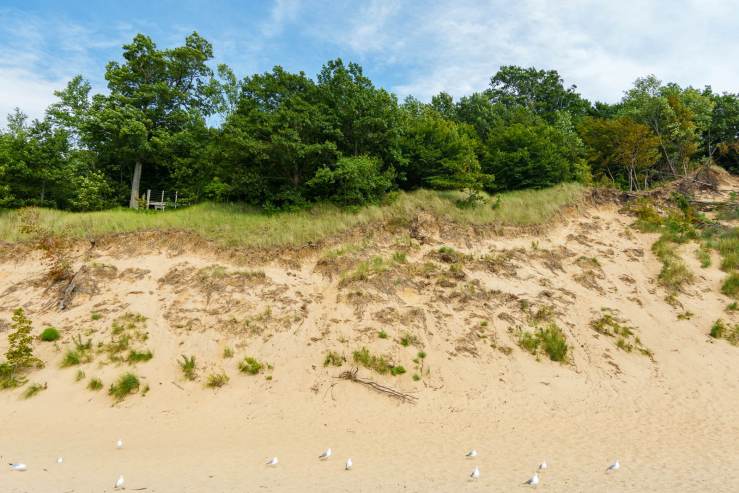
Photo by Bryan Esler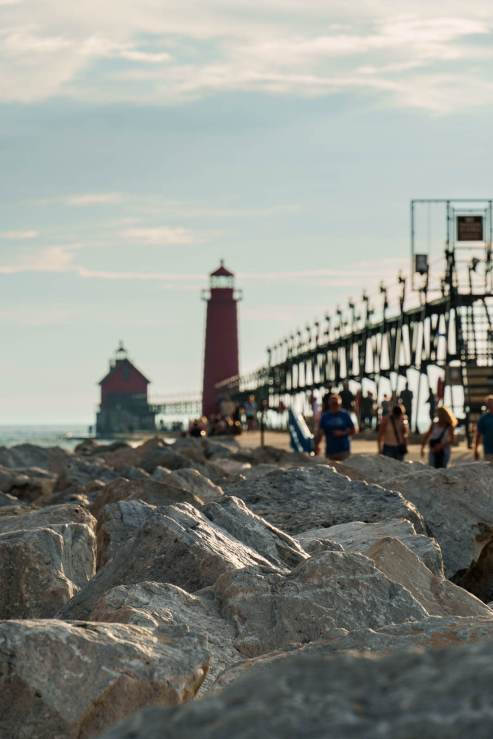
Photo by Bryan Esler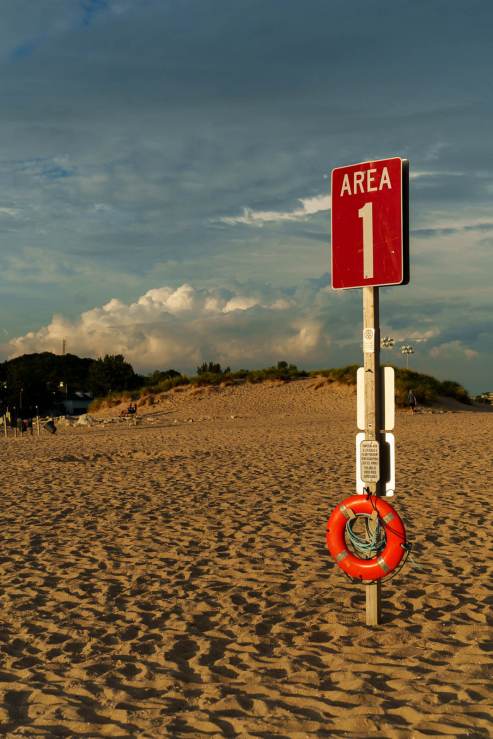
Photo by Bryan Esler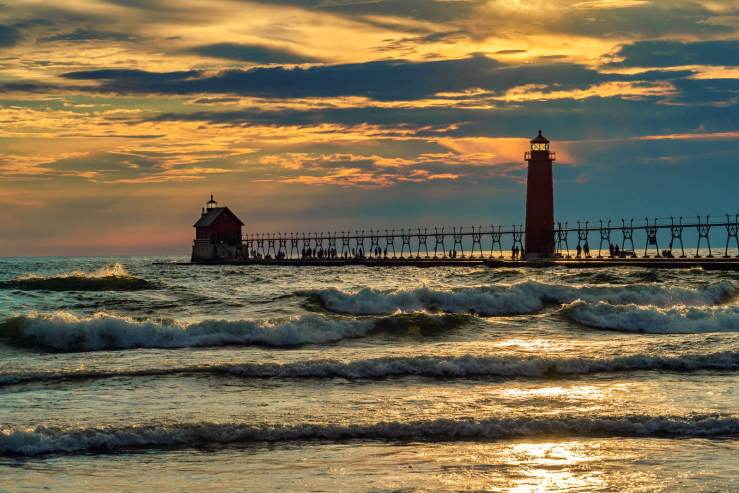
Photo by Bryan Esler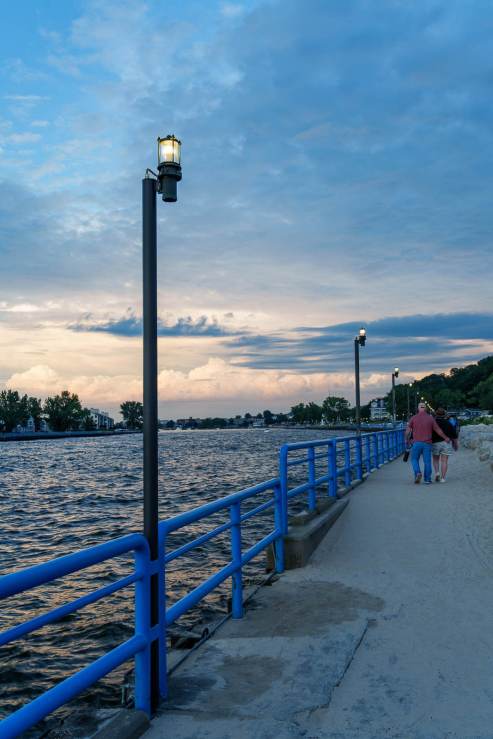
But what if you’re looking for a photo that’s a bit outside the box? While it’s important to get those “must-have” shots, it can be equally fun (and challenging) to push yourself a bit.
“I like to think of some of the classic summer shots as things like the kids playing in the water, be it a sprinkler, a pool, or a good old-fashioned water balloon fight! I also think you can make great images of people enjoying water sports, ice creams, and more. I like to look for things more natural myself, such as sunrises/sunsets, rainbows or maybe take in a waterfall. It’s always nice to feel the water on your feet on a hot summer’s day!”
What it all comes down to is capturing those last bites of summer. And having a versatile, all-in-one lens like the 28-200mm or 18-300mm will make it super easy to get any shot you need.
Tell your story with the second annual Visual Storytelling Conference!
Experience four days of interactive, online training sessions featuring a range of educational content with experienced photographers and content creators. This free event kicks off with a series of technical boot camps to build essential skills, followed by live, online sessions on photography, video, business and social media. Join live from March 10-13, 2022!
